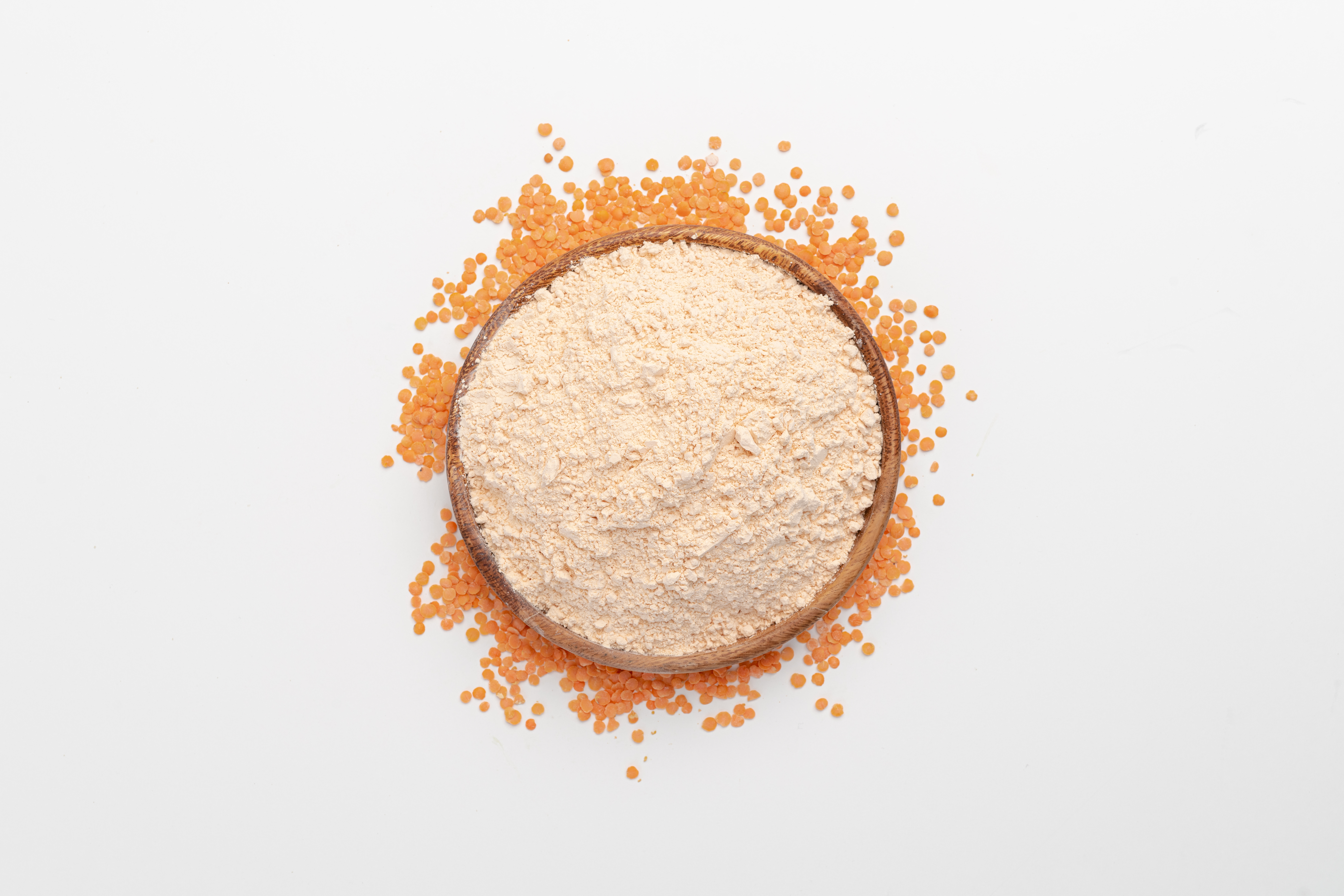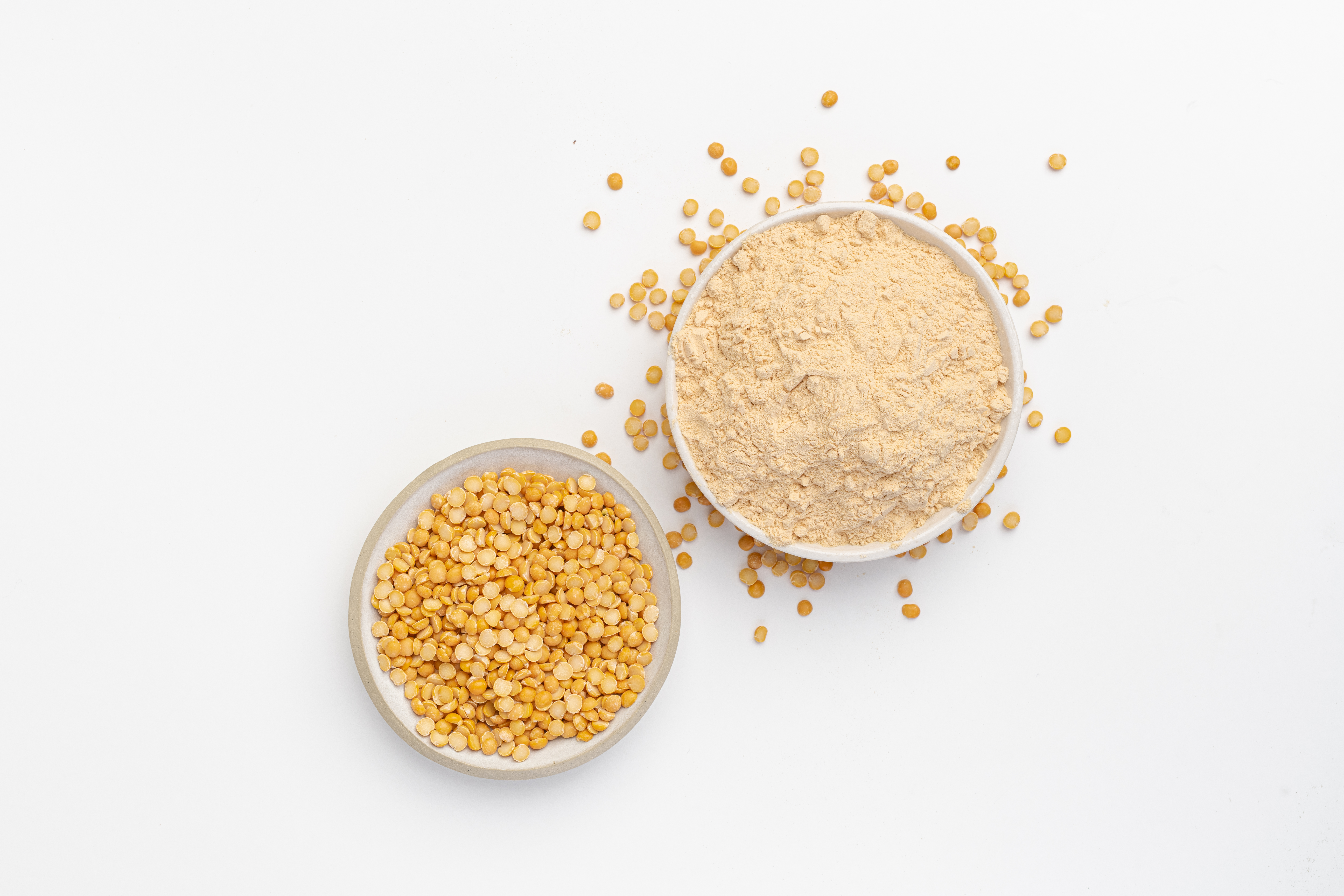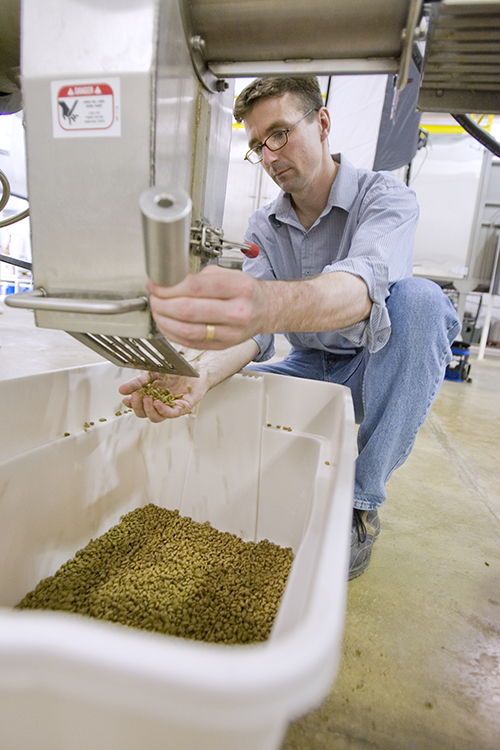What happens when you fire electromagnetic waves at pulses like red lentil, Kabuli chickpea, yellow pea, and pinto bean?
A team of researchers at the University of Saskatchewan has proven that an innovative and energy-efficient new technique called non-contact radio frequency (RF) heating can remove some of inactive compounds in pulses that turn consumers off—a result that bodes well for pulse growers hoping to ride on the popularity of plant-based proteins.
The project sought to develop three vertical tubular- type applicators for heating pulse crops through RF for removal of non-nutritive bioactive compounds.
While pulses are high in protein, they also contain compounds called anti-nutritional factors (ANF) and negative flavours (NF). ANFs, often found in legumes and cereals, reduce the nutritional value of plants or plant products used in human foods as well as contribute to less desirable flavours. For that reason, they have prevented pulses from gaining a stronger foothold in the mainstream food industry.
However, it turns out these ANF and NF compounds are heat-labile, meaning they can be reduced or eliminated by heat. RF heating uses electromagnetic waves to produce heat within the target pulse seed. The process is not unlike what goes on inside a microwave oven, although RF waves heat more slowly than microwaves, making it possible to treat delicate products that require slower heating. It is also easier to scale up RF heating for industrial processing.
“Our results prove that RF heating is fast, clean, environmentally friendly, easy to use, and free of health hazards,” says project lead Dr. Oon-Doo Baik. “A properly designed RF system can be used in multiple ways to add value to Saskatchewan-grown pulses that producers will benefit from.”
The RF process can also kill bacteria and any insects at different life stages during the treatment due to the selective heating effects of RF.
Using RF heating on pulses has not been tried before; Dr. Baik and his team built on similar work by other researchers who applied RF heating to wheat and canola. The University of Saskatchewan team constructed three vertical tubular reactors to test the process, carefully calibrating various elements to get the technology working properly.

Source: Dr. Peter Pauls

Source: Dr. Peter Pauls
Dr. Baik says it was exciting to see the design and fabrication of the technology yield the positive results they were expecting.
“Preliminary data from heated pulse samples confirms that some of the ANFs and NFs were either reduced or completely removed.”
Food processors can reduce ANF and NF from pulses by post-harvest processing methods such as roasting, boiling, leaching, fermentation, and extraction. Dr. Baik says research comparing the results of conventional methods like these to RF heating is ongoing, but “theoretically, our method should be better in terms of removal percentage and energy efficiency.”
He adds that he was especially surprised by the effectiveness of RF heating on reducing trypsin inhibitory activities (TIA) and lipoxygenase (LOX) activities in lentil and chickpea, and phytic acid content in chickpea. While these anti-nutritional factors can be reduced using conventional roasting techniques, the RF process achieved results at a much lower temperature, and without altering the colour of the seeds.
His research team is now looking at ways to scale up the process for industrial production. Dr. Baik says he hopes local processing companies will adopt the RF technology in the years ahead, especially as the RF generator—a key part of the system—comes down in price.
Meanwhile, the team plans to take a much deeper dive into the impacts of RF heating on pulses through chemical analysis and three-dimensional computer simulations, all of which will help them optimize the RF system for industrial use.

Project: Energy and cost efficient removal of anti-nutritional compounds and negative flavours in pulses using electromagnetic wave
Industry Funder: Prairie Agricultural Machinery Institute, Saskatchewan Pulse Growers
Project Cost: $465,025
Project Completion Date: March 31, 2023


